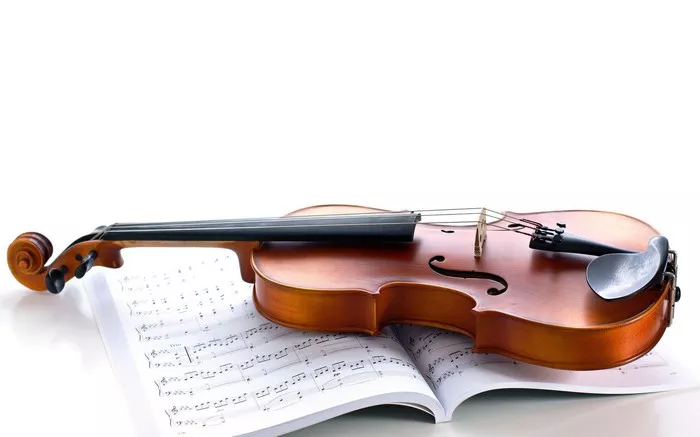In a display of extraordinary care and dedication, the priceless 18th-century violin once owned and played by Wolfgang Amadeus Mozart made a transatlantic journey to New York City as hand luggage for an exclusive event hosted by music philanthropist Marife Hernandez. The gathering, held at Hernandez’s New York home, was organized in honor of the Austria-based Salzburg Mozarteum Foundation.
The remarkable event featured a musician playing Mozart’s own violin, offering attendees a rare and intimate connection to the maestro’s legacy. The directors of the foundation, faced with the instrument’s near-impossible insurability, took matters into their own hands, meticulously wrapping the historic violin and personally carrying it onto their flights to New York as hand luggage.
Linus Klumpner, the Director of Mozart Museums, emphasized the foundation’s commitment to the violin’s protection, stating, “We, of course, worry, and protect it in every way possible. But really just carrying it ourselves onto the airplane is the best way.”
During a brief introduction at the event, Johannes Honsig-Erlenburg, the foundation’s president, delivered a poetic tribute to Mozart’s music, saying, “We know that when God listens to music, it’s Bach. But when he turns his back, the angels listen to Mozart.” While the sentiment may be cryptic, it added an element of grandeur to the occasion.
The guest list for this prestigious event included notable figures such as Noreen Buckfire, Philippe de Montebello, Carol and John French, Isabelle Harnoncourt, Elbrun Kimmelman, Sana Sabbagh, Jill Sackler, Pat Schoenfeld, Barbara Tober, Adrienne and Gigi Vittadini, and nearly 100 more prominent individuals from the music and philanthropic communities.
The Salzburg Mozarteum Foundation, recognized for possessing the world’s largest collection of original letters, portraits, and instruments belonging to the Mozart family, continues to preserve and showcase these musical treasures. Originating from donations by Mozart’s widow, Constanze, and his two sons in 1880, the foundation’s commitment extends beyond exhibitions, occasionally bringing the iconic instruments on transatlantic journeys for unique and memorable events such as this one in New York City.


